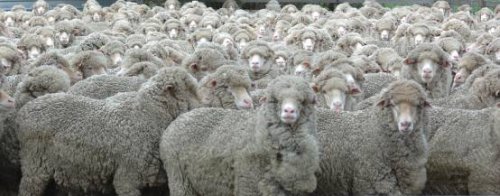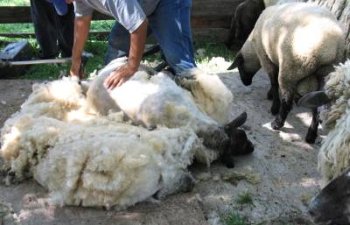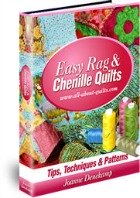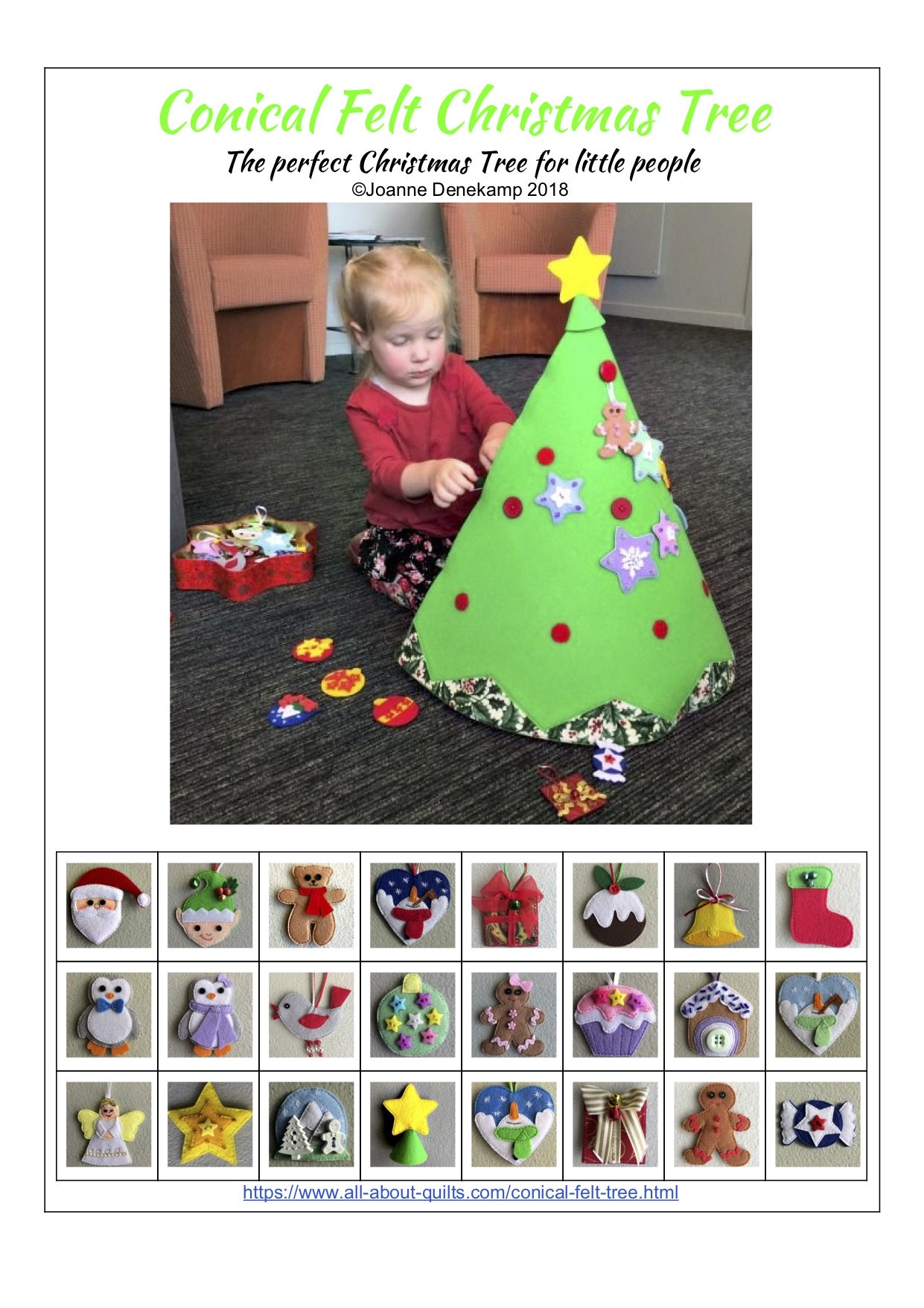Wool Batting
Today's wool battings are often made from a blend of different breeds. Wool is the warmest of the battings on the market and is the batting of choice for quilts which are used in damp and cool climates as they are able to absorb moisture.

It is usually a thinner batting with low loft, but is a much warmer material, making it the best choice for those quilts which are being produced for a specific use. Some quilters avoid using wool for two reasons. The first is cost and the second is the care needed to be taken when washing the quilt. Fortunately, today there are more wool battings coming on the market that can be machine washed on a very delicate cycle without the risk of shrinkage. You would never put any quilt with wool as it batting in the dryer.

When using wool for my batting I use ones that are bonded by either
mechanical needle punching or thermally, where heat is applied to bond
the fibers together. Either process involves no added chemicals and
hence the natural qualities of the fiber are maintained.
When made into batting wool has many advantages for the quilter:
* Light
* Warm
* Good at regulating your body temperature
* Good for hand and machine quilting
* Keeps you warm when it becomes wet
* Recovers from being compressed better than any other fiber
* Naturally flame-resistant
Wool Quilt Washing Instructions
*
When purchasing your batting ensure you ask how to care for it as some
of these battings can only be hand washed whereas others can be washed
in the machine
* For machine washing use cool water temperature, delicate or wool cycle and mild detergent.
* For hand washing use cool water and a mild detergent. Take care to not over agitate it as this can cause felting and shrinkage.
* Dry flat preferably in the shade (on top of a sheet in a shady spot outside) and if possible with air circulating. Never put a quilt with batting made from wool in the dryer — the heat and tumbling motion will ruin it.

Tips
1. Must be protected from moths.
2. This batting can also be purchased in blends, the most common being, cotton and polyester.
3. Can cause allergic reactions in some people.
4. Store your quilt away from direct sunlight and moisture. Keep it away from plastic storage boxes because they can cause moisture to condense in the wool batting.
5. Recommended quilting distance: up to 4”.



New! Comments
Have your say about what you just read! Leave me a comment in the box below.